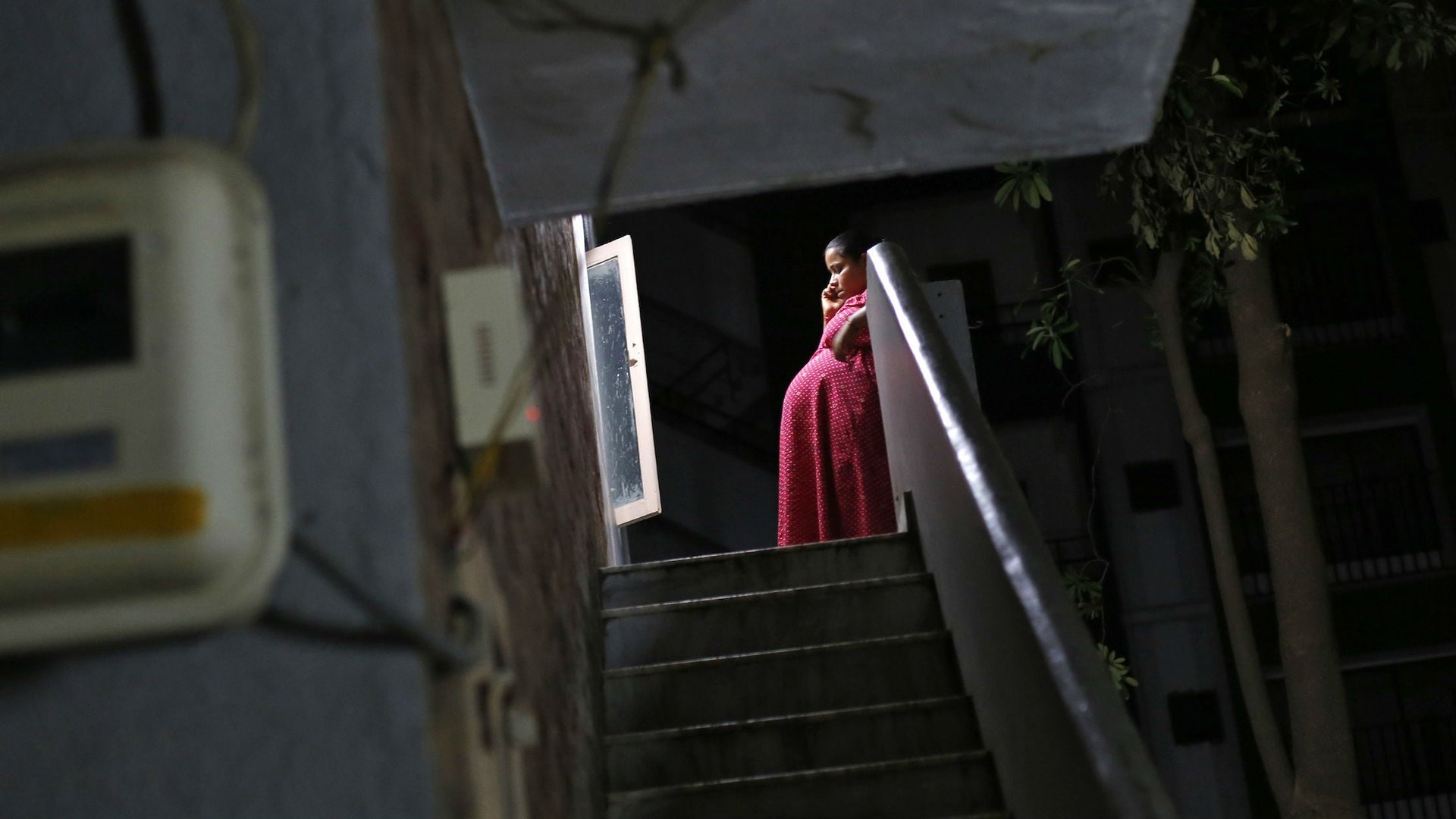Women are much less likely to have cell phones and India wants to fix that
The Indian government is preparing an initiative that would give a mobile handset to millions of rural households. The program, which has been under discussion since last year, is gaining speed ahead of parliamentary elections next year, according to the Hindu today.


The Indian government is preparing an initiative that would give a mobile handset to millions of rural households. The program, which has been under discussion since last year, is gaining speed ahead of parliamentary elections next year, according to the Hindu today.
The scheme is interesting not just for its scale—it aims to connect some 25 million rural families with cell phones that can access the internet—but its focus. Handsets will be given to the woman of the household, specifically low-income women that have been part of the government’s employment guarantee program. The scheme gives residents a phone for a one-time fee of Rs 30 (about $0.50) and will provide a recharge every month for two years, according to the Hindu. (The packages are pretty modest: users get 30 minutes of call time, 30 text messages, and 30 MB of data a month, according to the paper.)
The idea behind the program—aside from earning political points before the election—is “bridging the mobile gender gap.” The goal is to help more women get connected to the outside world, which not only makes them feel safer and more independent but improves their productivity and in some cases their income (pdf. p. 4). In low- and middle-income countries women are 21% less likely than men to own a cell phone—and the rate is the highest in Asia, at 37%, according to one estimate. Several initiatives to eliminate poverty focus on improving the economic prospects of women who are more likely to reinvest their money (pdf, p. 1) in the welfare and education of their families.
The Indian initiative is also another reminder of the untapped opportunity for mobile phone companies—almost 300 million women around the world are without cell phones, a market that could be worth as much as $13 billion.